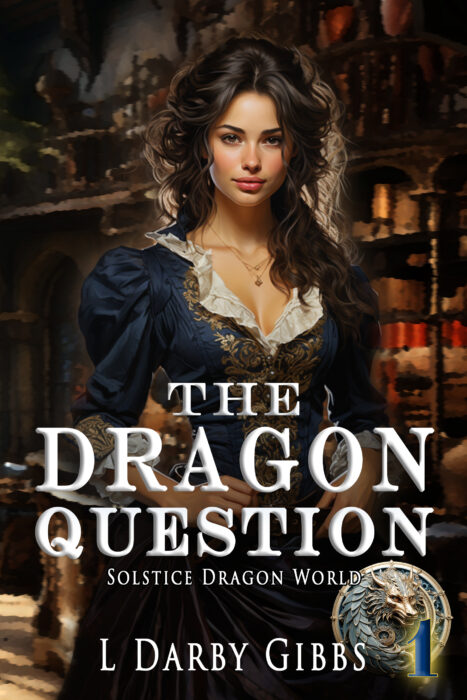Back in 2018, I decided to write romantic fantasy novels with dragons. I was already writing fantasy, but I enjoyed reading dragon fantasy. Why not write it? My husband has been more than supportive. He encouraged me when I had no ideas for the genre. We sat down and brainstormed three books together: The Dragon…
Tag: creative writing
My treadmill: an oldie but a goodie It has been interesting how my writing process has changed over time. I’ve always approached every writing project with an idea of how the story was going to end. Sometimes I have an outline but usually not. Looking back, I can see some constants: a title tends to…
I love reading about the creative process. So many things effect the act of creation. There is place, time, deadlines, atmosphere, and a sense of purpose. But a recent article covered the idea that emotion has an effect on results and even on what area of creation the artist should focus on based on that…
No story goes along smoothly for the main character. In fact, how they respond to adversity is how we get attached to the people in the novels we love. If they don’t struggle to get what they need, we won’t want to read to the end. There are innumerable ways for conflict to occur in…
writing metaphor: moving through the living room at night Ever walked through your house in the dark, nothing but shadows and memory to go on? I did this last night and though I know where everything lies, I also know that furniture shifts about through use, and occasional gnawed Nylabones will be just where I…
You know that feeling: itchy fingers, voices in your head, ideas backing up, the urge to sit and type like a maniac through a scene, a tirade of dialogue, a well-strung motif? That’s where I am at, about to break out in a rash of words. But there is a hold, the ever present disruption…
Since I am often inundated with numerous obligations I cannot put off because they are important aspects of my income-producing job, I need a few tricks to galvanize creativity. I have already written about several of them, but my most trusted approach to getting off the pot and onto the page is very simple. I…
My mind is full of words, but none of them are clinging to each other and the few that bump and hold together, however briefly, are whispering, and I can barely hear them over the din of all the phrases sloshing against each other in garbled conversation. It is not a creative day, not even…
